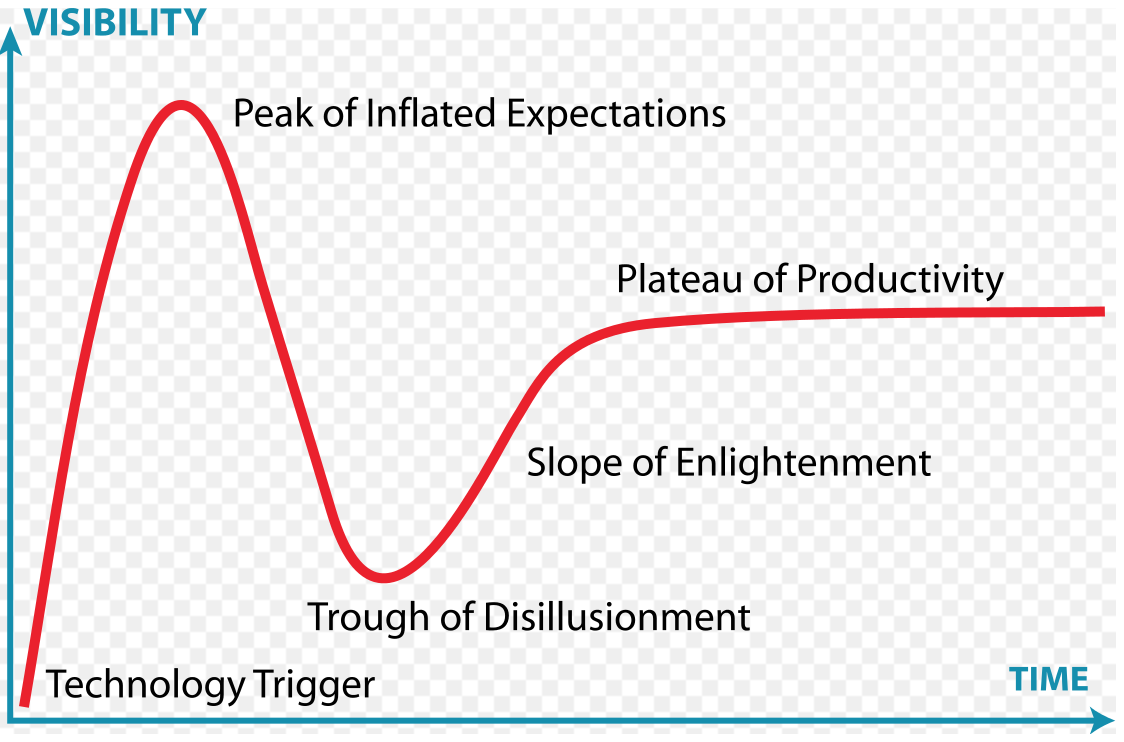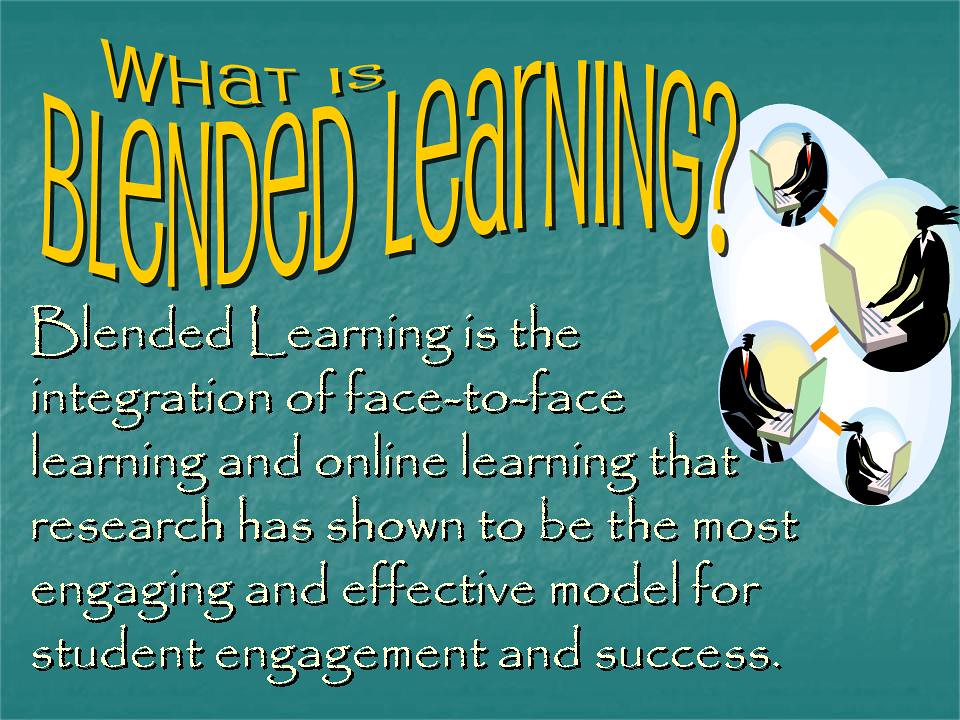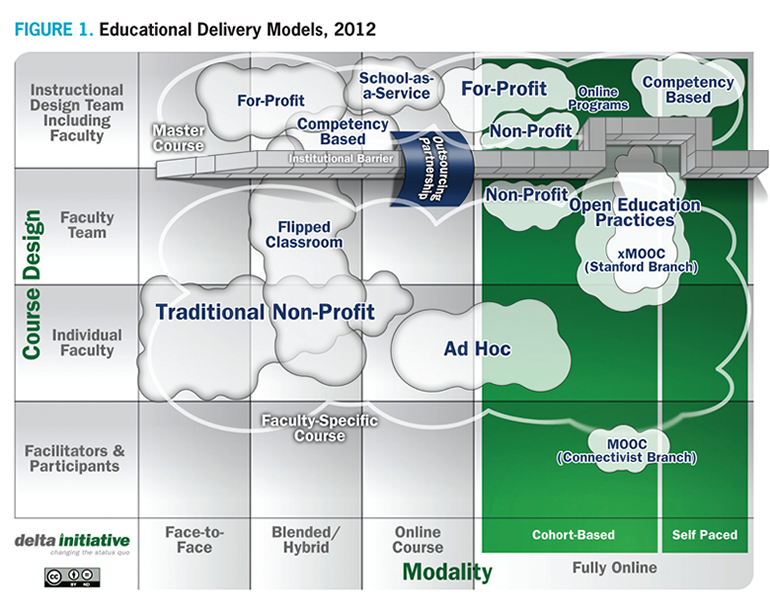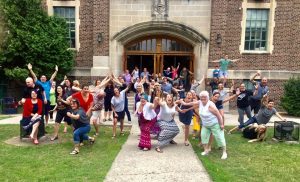A Reflection of the Review Process
An experience in the peer review process. This past week Brianne, Bret and I had our course reviewed by our peers in EC&I 834. We all appreciated this experience as it provided us with valuable suggestions on how to improve our course as well as it gave us positive feedback about the work that we had already completed.
Positive Feedback
Let’s start here. Thank-you to all of our reviewers that noted that our course shell was incredibly organized. The three of us all take pride in our ability to maintain an organized, well thought out classroom whether it be in person or online. We are of a similar belief that if the teacher is well organized then the students will be less confused. We also appreciate the feedback that was noted around the time we put into our work. We as teachers often work very hard behind the scenes to make engaging lessons for our students and don’t necessarily receive the recognition, so thank-you for your honesty. For any of the reviewer’s who stated you would like to have our course we would gladly share, it makes us feel proud that others would want to use our work!
Course Prototype and Course Shell
In general our reviewers were very pleased with the layout of our course and stated that it was well thought out. They felt that the LMS choice of google classroom was an appropriate choice for the grade 8 grade level. Several good suggestions were made for us and we will certainly use them to improve upon our course. The following are some overall thoughts from our reviewers.
- Provide more student instruction on how to use google classroom
- Provide more student instruction for each module (pre recorded videos of the lecture)
- Provide contact information of teachers (email, phone, etc.)
- Provide more opportunities to have student to student interactions
- Course Rational and Concerns appeared to be missing
- Keep the titles of the modules consistent
A Personal Look into our Modules
Bret (Module 1 and 2)
Thank you to Chris W and Jacquie V for taking the time to check out my module and provide me with positive feedback as well as some constructive criticism – it is greatly appreciated! I was nervous to read the feedback, as I wasn’t really sure how much to include or what format to use. I am always a bit nervous when presenting any sort of material to colleagues. Once I was brave enough to dive into the feedback, I was pleasantly surprised with the positive thoughts as well as some very constructive ideas that will help improve the module. Some of the positive feedback that I received for my module 1 was:
- I was thrilled one of my reviewers noted the difficulty in creating an opening lesson for a unit and how difficult it could be; they later mentioned that this was an outstanding way to start a unit.
- The YouTube video I selected (The Grand Cell Tour) was very thorough and the purpose of choosing that video was evident.
- Utilizing textboxes and a simple “edit” prompt so that students know they have a question to respond to or answer.
- The flexibility of this module; being able to be easily used as a synchronous or asynchronous lesson.
Along with the positives came some constructive comments about the module:
- Provide more instructions for students to complete the cell organelle graphic organizer. Have students work in partners and use the internet to research each organelle.
- Accessibility for those with technology or bandwidth issues; paper copies, come to the school earlier, etc.
- Include an overview video or instruction slide for the students so they are aware of what they are expected to complete. There was an instruction slide in the module, but perhaps could be formatted differently or placed in a better spot for students to see earlier.
As with any sort of feedback, I am always more interested in constructive feedback (I like the positives too), but the constructive criticism is what is going to make the content better for our students. The feedback that was given throughout the process is very much appreciated and has already been implemented in the planning of my next module!
Brianne (Module 3 and 4)
I was very nervous to let my colleagues review my work and receive feedback. This was a new experience for me and I was unsure of how my expectations for myself compared to others. Thank you to Corrin C and Lindsey A for taking the time to review and give feedback that I can put to use.
I was given plenty of positive feedback and some constructive criticism as well. Let’s start with the positive feedback:
- The amount of content is appropriate and the students will not be overwhelmed
- The response to nonfiction graphic organizer was a great way to synthesize new information
- 321 exit slip is revealing for grade 8 and is good tool to help guide teaching
- There are many engagement pieces such as JamBoard, responding to nonfiction, 321 exit slip, and a self assessment
- Outcomes and I Can Statements make it clear for the student what we are trying to achieve
- The module is easy to use at home or at school
I was also given constructive criticism:
- Consider adding voice instruction for students who have difficulty reading or are not reading at grade level
- Add the Outcome at the bottom of the self assessment
- Consider using the rubric function in Google Classroom (why didn’t I think of that!)
- Add a tool such Google ReadWrite for students who need support reading and responding
I am grateful for the positive feedback but even more so for the constructive criticism as I can apply this to what I have already created. This is such a simple way to assess and I ignored it. I will definitely use this for my next module as their perspective was different and showed me what I might have overlooked.
Leona (Module 5 and 6)
Thank-you to Leigh T and Dalton D for the positive feedback and constructive criticism that was noted in the reviews of my module 5. I appreciate the positive feedback about my content knowledge and the overall organization of my modules. I was pleased to read that my reviewers thought that my modules were not overwhelming and simple to follow along with. Online learning seems to be confusing at times so my goal is to make it more streamlined for my students, I often think “less is more”. I am so glad that one of the reviewers commented on the note taking sheet. I find that note taking has become something students are not very good at anymore. I like to create note taking sheets to help them develop better skills in that area and then eventually have them create notes of their own. Each reviewer provided me with useful ways in which I could improve my module and I certainly will be adjusting my module 5 and implementing those ideas into my module 6. Some of the suggestions made were as follows:
- Using the classwork tab over stream tab ( I added a small video in the course section on how to navigate google classroom a bit better, also added a youtube video about using google classroom)
- Provide more student instructions – In each of my modules I now have two slides – one for teacher instructions if I have a substitute deliver my lesson and a student instruction sheet. In module 6 I have added a short video overview of the lesson)
- Student to Student Interactions – It was suggested that I had several teacher – student interactions but maybe was missing the student to student interaction. In module six the final project is working with a group to develop a google site about two systems of the body and how they interact to make a healthy person.
- Private Links – In the beginning I forgot to open all the links up – I have now made sure that they are public – Well I sure hope I have.
Once again thank-you for the feedback. I do believe that peer review is a valuable process. Albeit sometimes difficult to potentially accept, however so often we are incredibly kind towards each other and that is certainly how I felt after this round of reviews.
Accessibility and Equity within our Course
Demographics and Learnings Styles
Not all students are the same, everyone has different learning styles, needs and adaptations that allow them to be successful in their own way. As teachers it is certainly a challenging job to ensure that all needs are being met. When designing a course it is difficult to plan for every consideration, however it is likely reasonable to plan for those that we are aware of will occur in our learning spaces. Before embarking on planning a course it is incredibly valuable to know more about the students that will be in your learning space. When you know what you are dealing with it is much easier to be more prepared. As Bates outlines in Chapter 9.2.1, student demographics, learning style and accessibility are crucial pieces of information that teachers need to understand to be able to know exactly who is in their classrooms.
Demographic information is very valuable when designing a class and you as a teacher are trying to decide what type of technology or media to use or not. For example if there are EAL, LRT, Hard of Hearing or Blind students in your class you would work towards making your module fit all needs. In some scenarios you might need to make worksheets that are adjusted reading levels, you might need to ensure that you have access to google read and write, there might be a need to develop slides that are easily read by a reader. It would be best practice to develop the course based on the needs of the students and not use an incredible amount of your time prepping for possible situations that may not occur. Through the use of student demographic sheets teachers should take a comprehensive inventory of any disabilities or learning needs that students might require. This will allow teachers to plan accordingly and support students in the best that they can.
Accessibility
Accessibility is another aspect that teachers must be aware of when they are designing their online course work. This works very closely with student demographics and most often, teachers will be able to identify students’ access to technology, media or bandwidth by understanding their student demographic which makes up their classroom. Bates again outlines in Chapter 9.2.1 two sets of questions that teachers need to answer before finalizing a course. The first set of questions surrounds the teacher’s use of technology for the purpose of teaching.
The second set of questions outlined by Bates, surrounds the expectations if students are to supply their own devices.
Bates goes on to further outline that for both teachers and students to answer these questions, teachers must be clear with why and how they intend to use technology. There is no point in requiring students to provide their own technology if you are uncertain if you will in fact be utilizing it in your class. This requires some more foreplanning by the teacher to ensure that there is not an unwarranted expense to the student families. Teachers must answer the following when making concrete decisions surrounding technology or media in their class.
As we continue to learn and develop our awareness of blended online learning it becomes obvious that it is complicated. There are numerous aspects to consider and there is no real perfect method. One of the key concepts that we continue to think about is that blended online learning requires you to be “Flexible” in order to help students succeed. Although complicated, Bates outlines that teaching and learning online can provide students more opportunities to learn while at the same time accommodating student differences more easily. With that said, it becomes apparent that the first step a teacher needs to take with incorporating technology or media is to know their students, the similarities, the differences, what digital skills they possess and what kind of access to technology is available to them.












